Blog
Signature Lawn and Landscape LLC
How to Transform Your Lawn and Yard with Effective Maintenance Strategies
Maintaining a beautiful lawn and yard is more than just aesthetic appeal; it plays a crucial role in enhancing property value and promoting environmental health. According to a report by the National Association of Realtors, well-maintained landscapes can increase property values by up to 10%-15%. Furthermore, studies show that homes with appealing yards sell 20% faster than those without. Effective lawn and yard maintenance not only supports the ecosystem by improving air quality and supporting wildlife habitats, but it also fosters community pride and enhances outdoor living spaces for families.
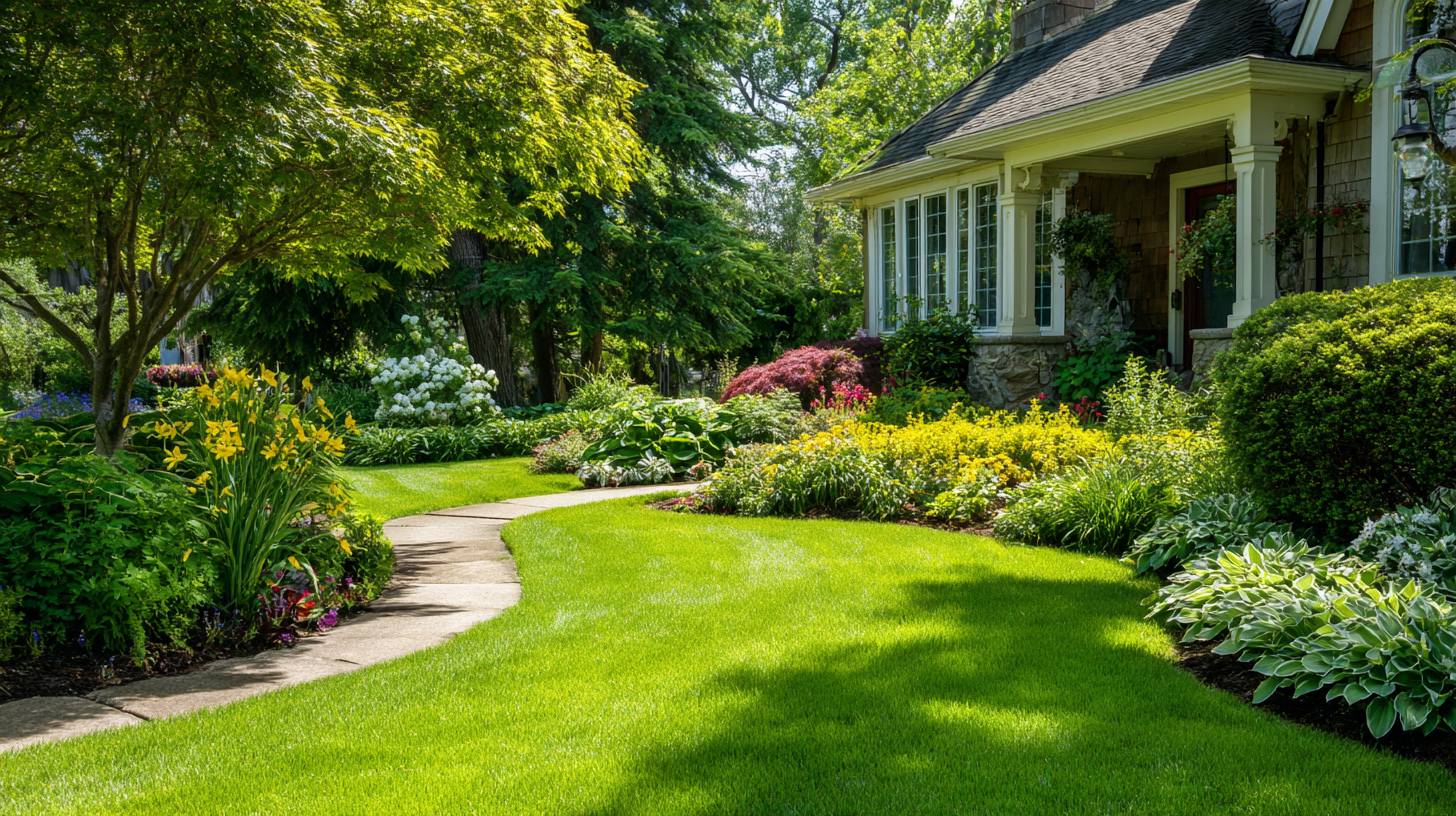 As outdoor living trends continue to rise, understanding the intricacies of lawn and yard maintenance has become imperative for homeowners looking to create a thriving landscape while optimizing resource use. In this guide, we will explore actionable strategies to transform your yard into an oasis, ensuring your investment reflects in both functionality and beauty.
As outdoor living trends continue to rise, understanding the intricacies of lawn and yard maintenance has become imperative for homeowners looking to create a thriving landscape while optimizing resource use. In this guide, we will explore actionable strategies to transform your yard into an oasis, ensuring your investment reflects in both functionality and beauty.
Effective Lawn Mowing Techniques for Optimal Growth and Appearance
Maintaining a lush, healthy lawn requires more than just regular mowing; it involves understanding and implementing effective mowing techniques that promote optimal growth and appearance. According to a study by the Lawn Institute, lawns receive around 40% of their total health benefits from proper mowing practices. The height at which grass is cut plays a crucial role in its ability to thrive. For instance, keeping cool-season grasses at a height of 2.5 to 4 inches allows for deeper root systems and better drought resistance, while warm-season grasses should be mowed to about 1.5 to 3 inches for the best growth results.
In addition to height, mowing frequency significantly affects lawn health. Research indicates that mowing too infrequently can lead to yellowing and stress, while mowing too often can prevent grass from developing the necessary energy reserves. For most homeowners, a weekly mowing schedule during the growing season is ideal. Furthermore, employing techniques such as the "one-third rule"—which suggests never cutting more than one-third of the grass height at once—can help maintain a robust lawn. This method not only encourages healthy growth but also contributes to better moisture retention and reduces the risk of weed infestation, keeping your yard looking vibrant and well-kept.
The Importance of Soil Testing and Nutrient Management in Lawn Care
Soil testing is a crucial first step in effective lawn care, as it provides valuable insights into the nutrient composition and pH levels of your soil. By understanding the specific needs of your lawn, you can tailor your maintenance strategies to promote optimal growth. A soil test helps identify deficiencies or imbalances in essential nutrients such as nitrogen, phosphorus, and potassium. This knowledge enables you to apply appropriate fertilizers and amendments, ensuring that your lawn receives the right nutrients in the correct amounts.
In addition to soil testing, nutrient management plays a vital role in maintaining a healthy yard. Implementing a nutrient management plan allows homeowners to not only enhance the aesthetic appeal of their lawns but also improve overall soil health. Practices such as mulching, composting, and the judicious use of organic fertilizers can help sustain nutrient levels over time. By regularly monitoring and adjusting your nutrient management strategies based on soil test results, you can cultivate a robust, resilient lawn that thrives throughout the seasons, reducing the need for chemical inputs and promoting environmental sustainability.
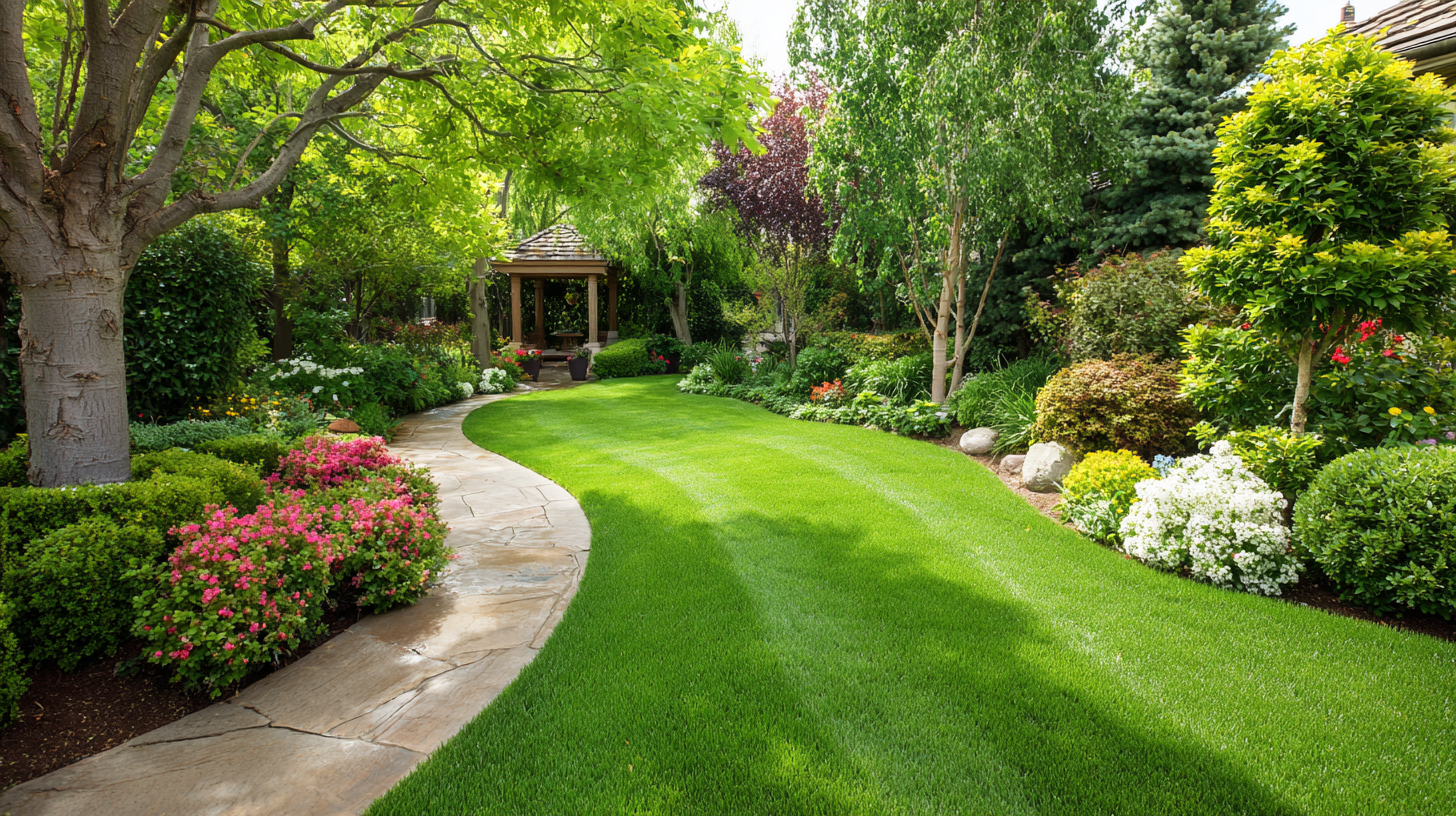
Watering Strategies: Best Practices for Efficient Irrigation and Drought Resistance
Effective watering strategies play a crucial role in maintaining a lush and resilient lawn. Implementing a deep and infrequent watering schedule is essential for developing strong root systems. Instead of watering daily, aim for deeper watering sessions two to three times a week, allowing the soil to absorb moisture and encouraging grass roots to grow deeper into the ground. This method not only conserves water but also increases drought resistance, as well-established roots can access moisture from deeper soil layers.
Additionally, timing is key when it comes to efficient irrigation. Watering early in the morning, before the sun's intensity increases, minimizes evaporation and allows grass to absorb moisture effectively. Utilizing mulch in garden beds can further enhance water retention in the soil, promoting healthier plants and reducing the need for frequent watering. For those looking to streamline their maintenance routines, investing in smart irrigation systems or rain sensors can provide tailored watering schedules that adjust based on weather conditions, ensuring your lawn remains vibrant while conserving water resources.
Watering Strategies: Best Practices for Efficient Irrigation and Drought Resistance
Weed Control Methods: Chemical and Organic Solutions for a Healthier Yard
When it comes to effective weed control in your yard, both chemical and organic solutions can play a vital role. However, with increasing awareness of the potential harm that lawn-care chemicals can cause to humans, pets, and the environment, many homeowners are seeking safer, eco-friendly alternatives. Organic methods not only promote a healthier yard but also ensure the safety of the surrounding wildlife, especially in areas near lakes and rivers.
One effective strategy is to create DIY natural weed killers using simple ingredients you likely already have at home. Vinegar, salt, and dish soap can be combined to create an effective solution to tackle persistent weeds without introducing harsh chemicals into your environment. Additionally, employing methods such as mulching, hand-pulling, and using landscape fabric can prevent weeds from taking over your garden while promoting the growth of healthy plants. With expert advice and practical tips, homeowners can maintain a lush and thriving lawn free of invasive weeds, ensuring a beautiful outdoor space for family and pets alike.
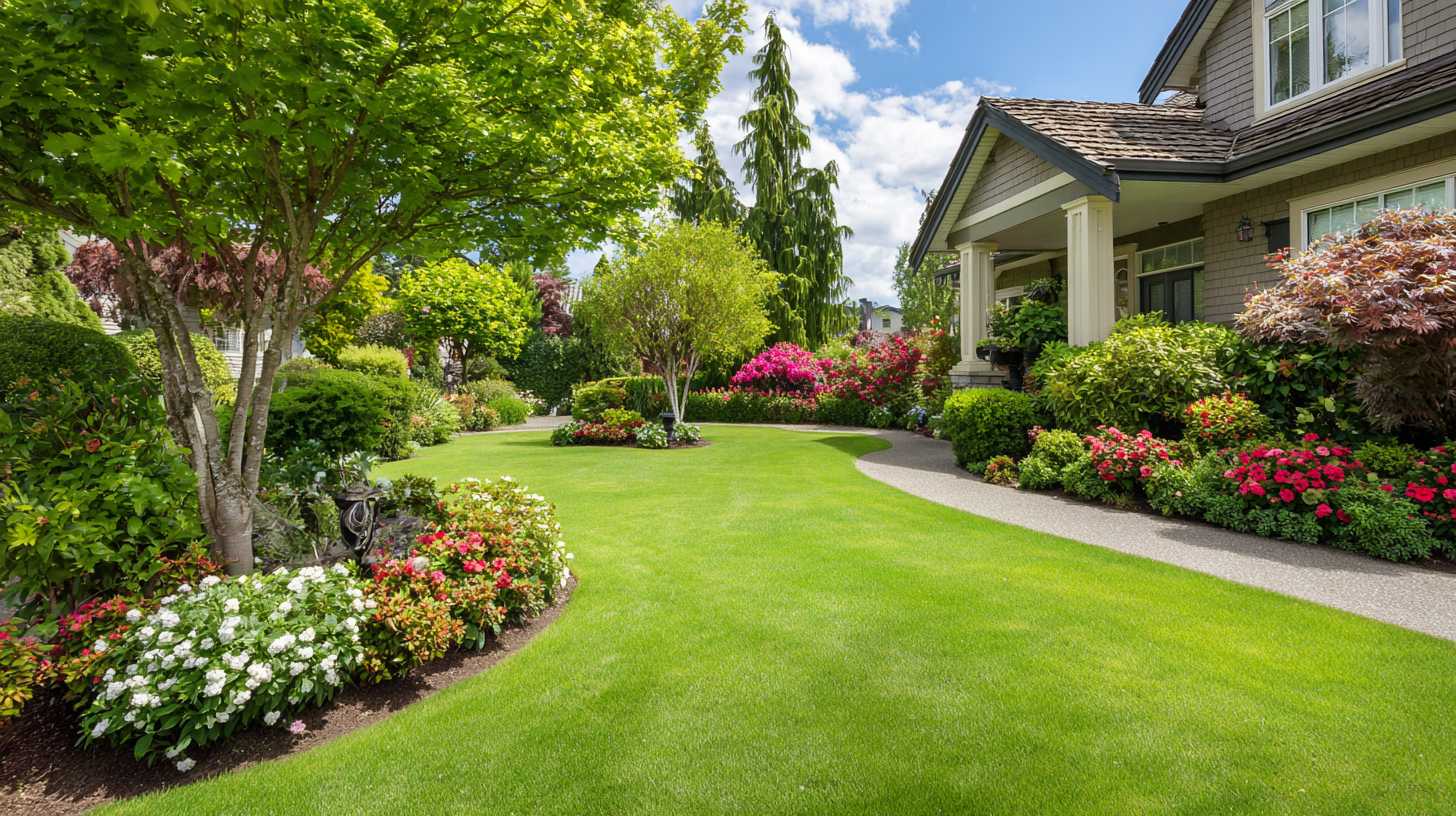
Seasonal Maintenance Tasks: Timing and Techniques for Year-Round Lawn Health
Maintaining a healthy lawn year-round requires a strategic approach to seasonal tasks. Each month presents unique opportunities to enhance your yard's vitality, beginning with early spring when it’s vital to aerate the soil and apply pre-emergent herbicides. According to gardening experts, starting your fertilization schedule when the soil temperature reaches 55°F can significantly improve grass health and color. This timing allows nutrients to penetrate the soil effectively, encouraging robust growth as the warmer months approach.
As summer transitions to fall, homeowners should focus on preparing their lawns for the winter. This includes a final mow to the appropriate height, ensuring that grass can withstand harsh conditions. Fall is also an ideal time to apply a nitrogen-rich fertilizer, which can strengthen grass root systems and prime them for spring regrowth. Experts recommend following a month-to-month checklist for lawn care that highlights essential tasks to avoid overwhelming maintenance and ensures your lawn remains lush and vibrant throughout the seasons.
Regular attention not only prevents minor issues from escalating into costly repairs but also enhances the overall aesthetic and health of your outdoor spaces.
Related Posts
-
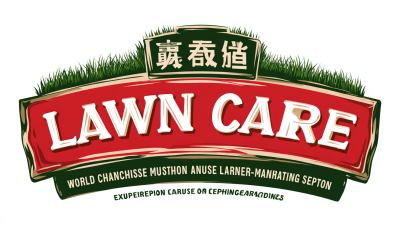
World Class Chinese Manufacturing Delivering Exceptional Lawn Care and Maintenance Solutions
-

Unveiling Global Opportunities in Yard Care Maintenance at the 137th Canton Fair Success
-

Boost Your Professional Yard Maintenance Business with Insights from the 137th Canton Fair
-
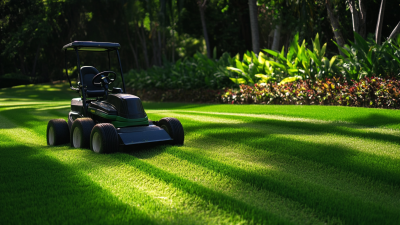
5 Key Factors to Identify the Best Lawn Maintenance Manufacturers for Your Needs
-
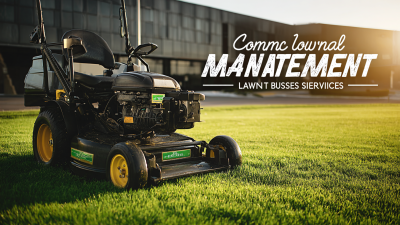
How to Choose the Best Commercial Lawn Maintenance Services for Your Business
-
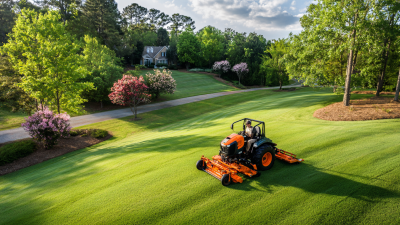
Navigating the Future of Lawn Care in 2025 Strategies for Global Buyers


Share On: